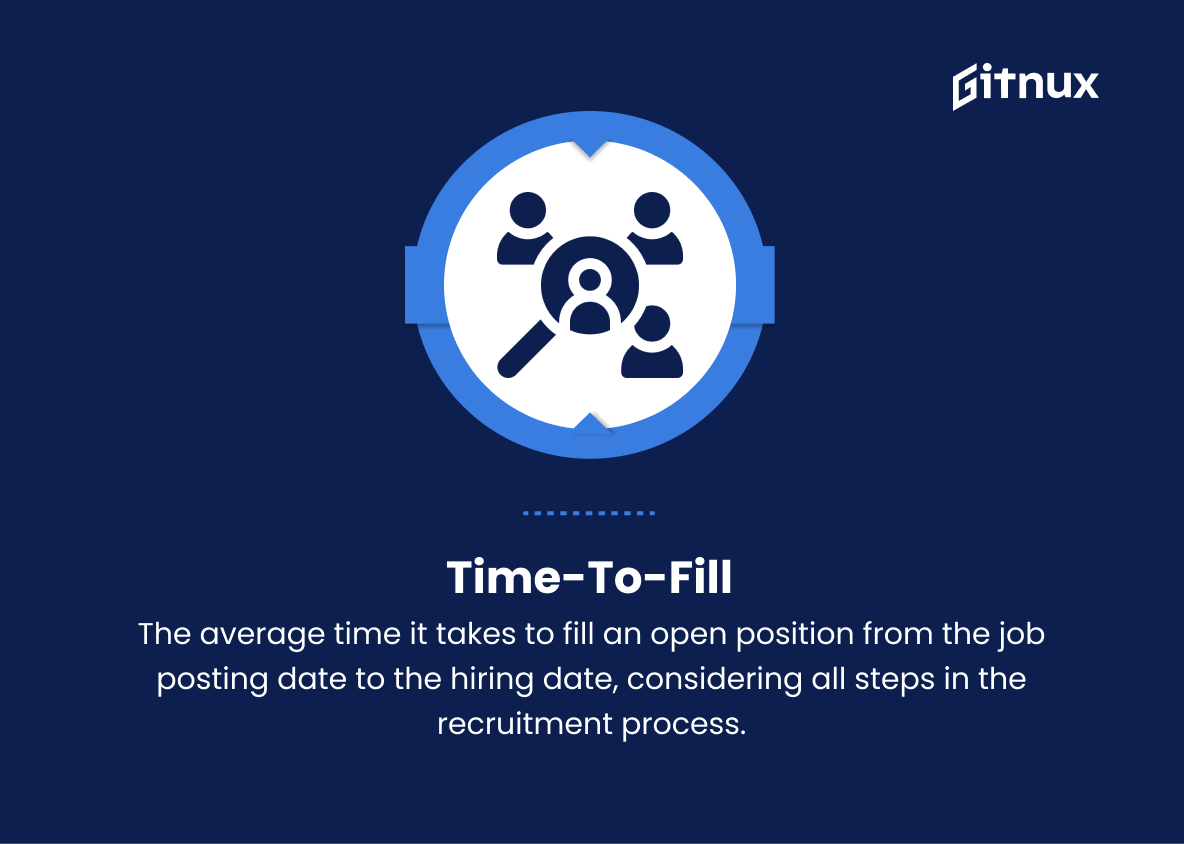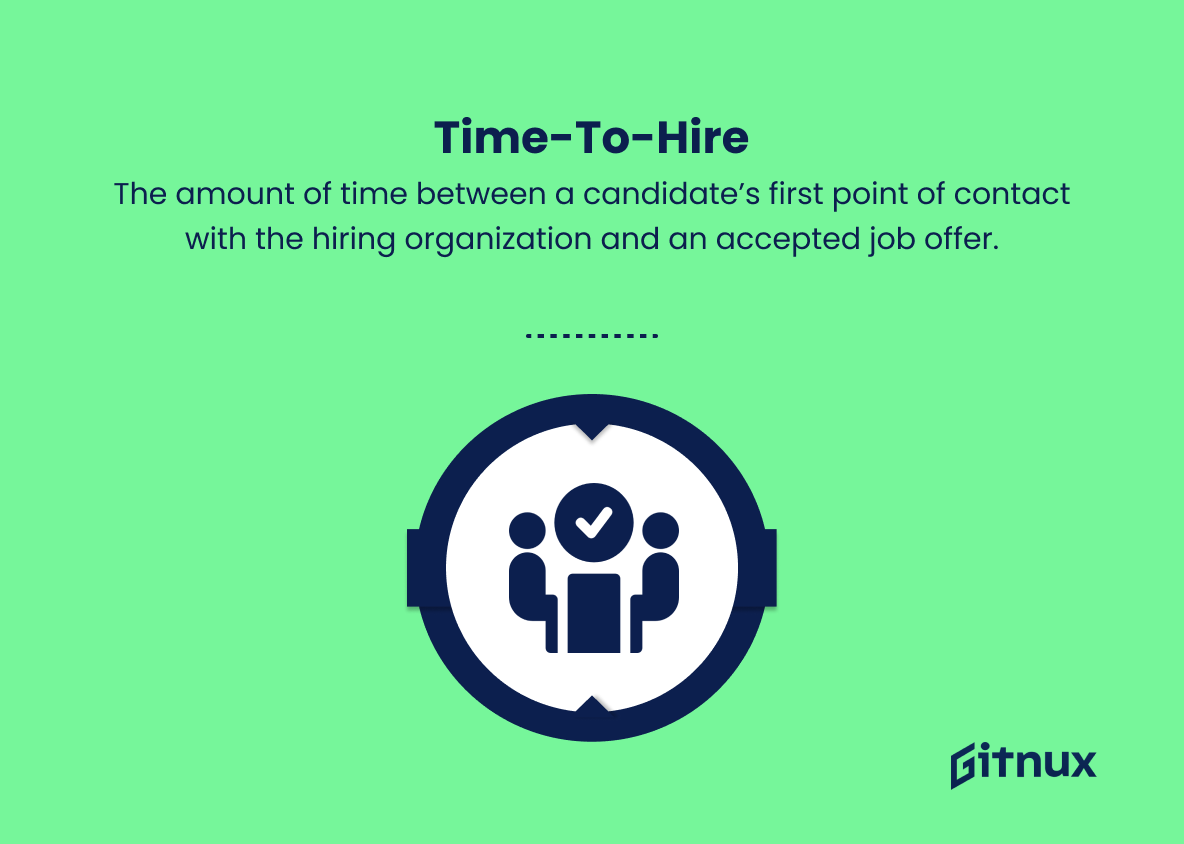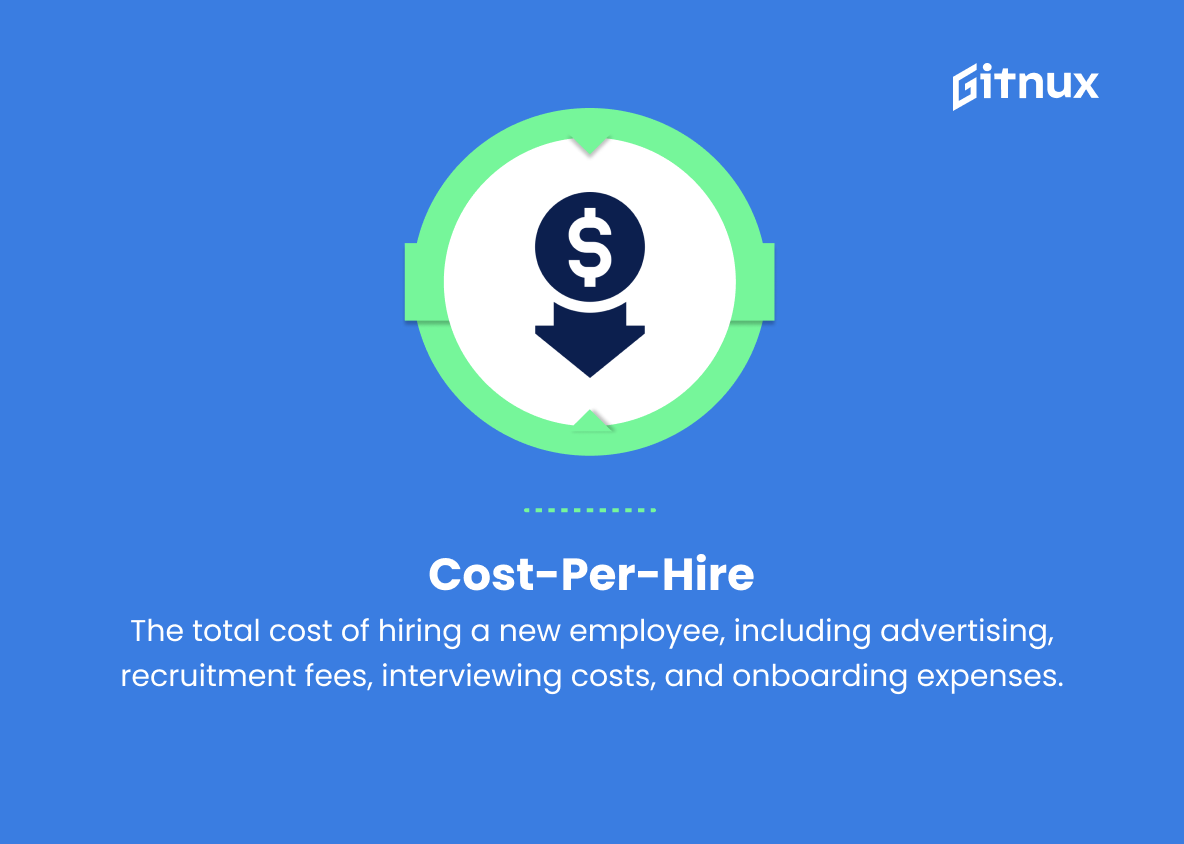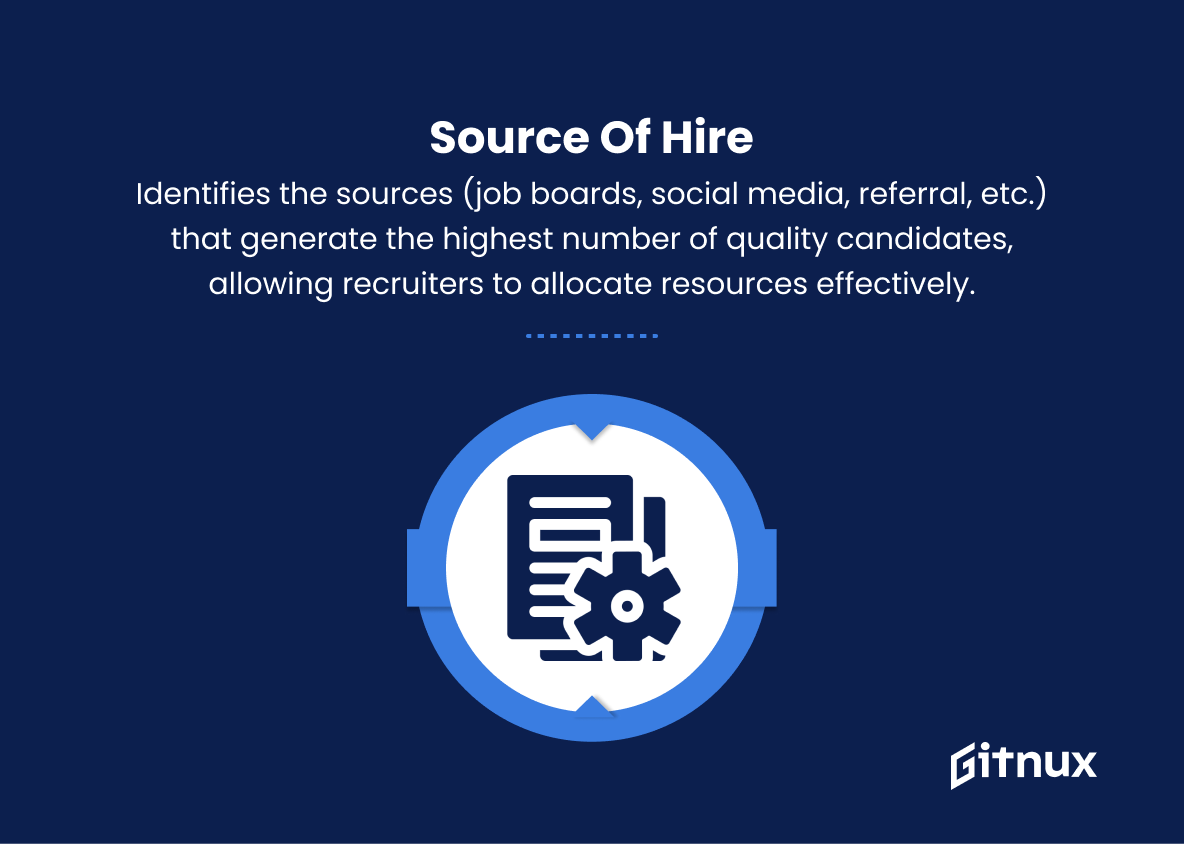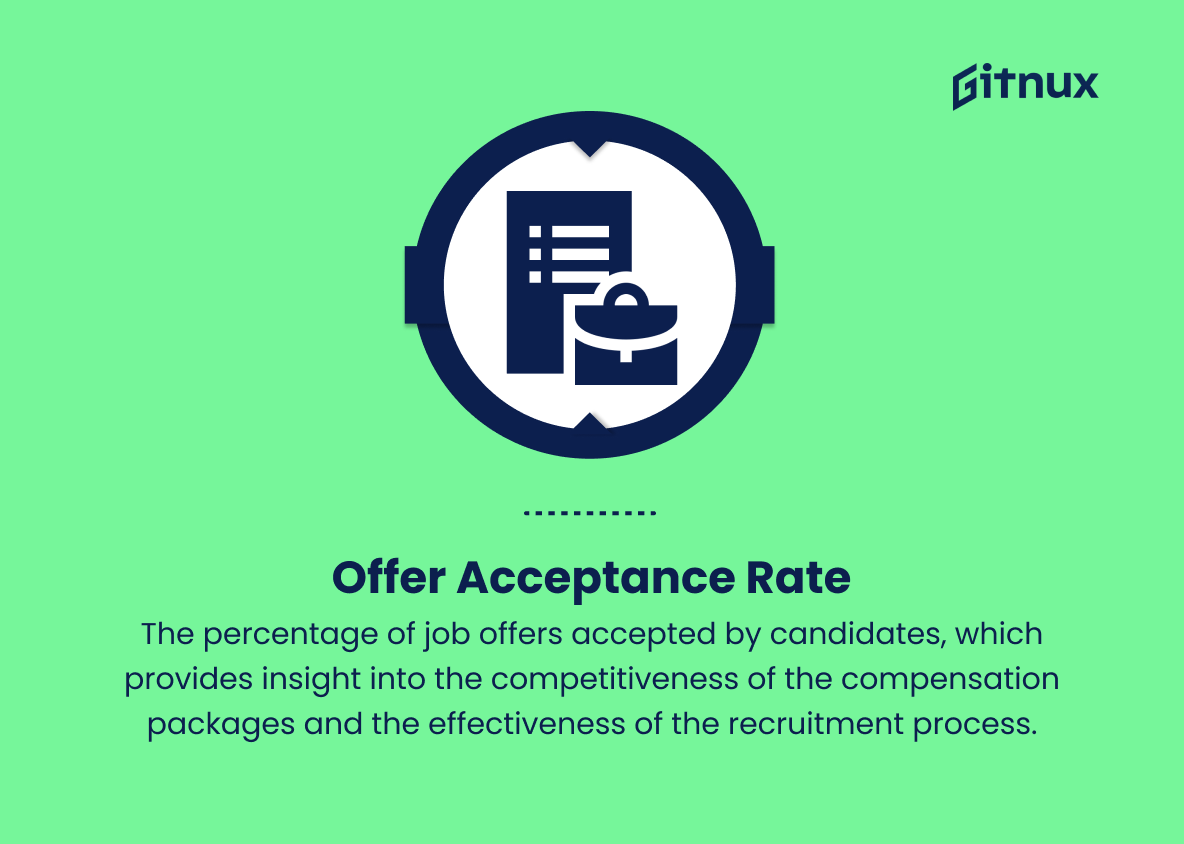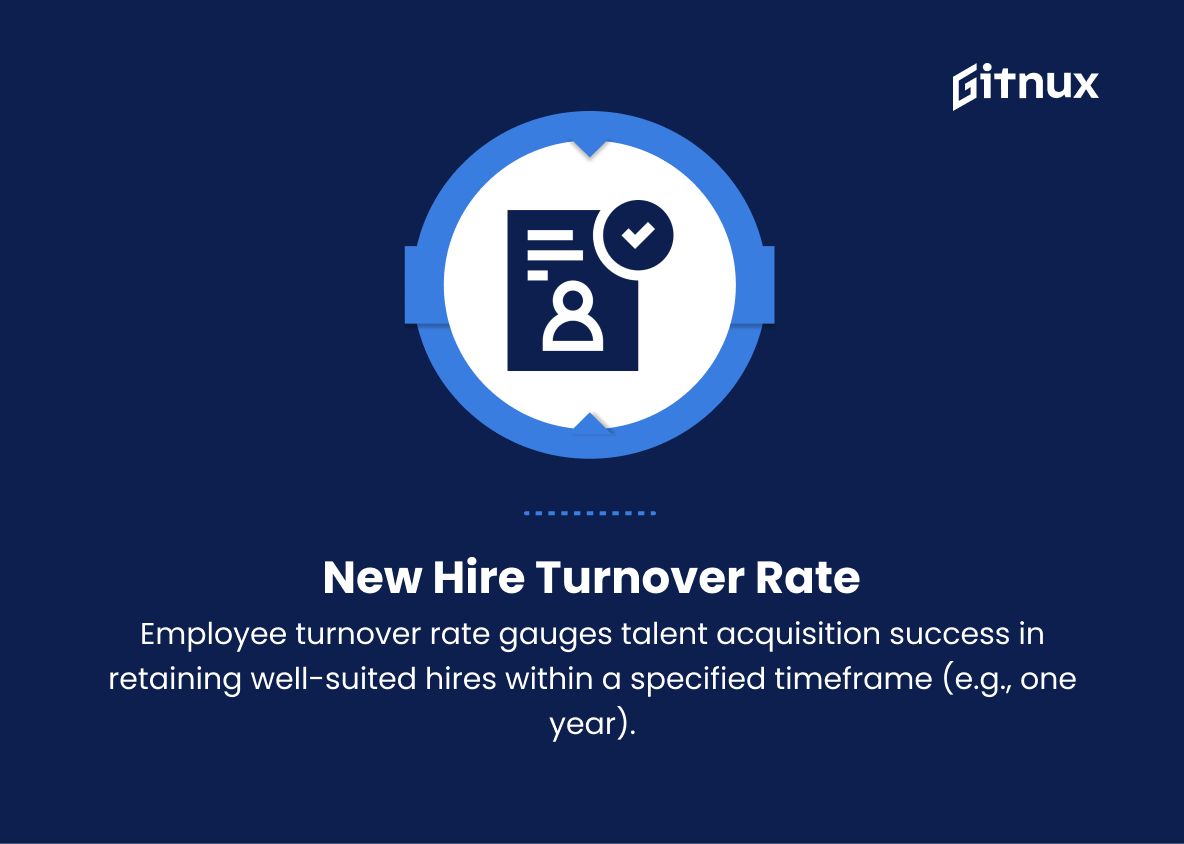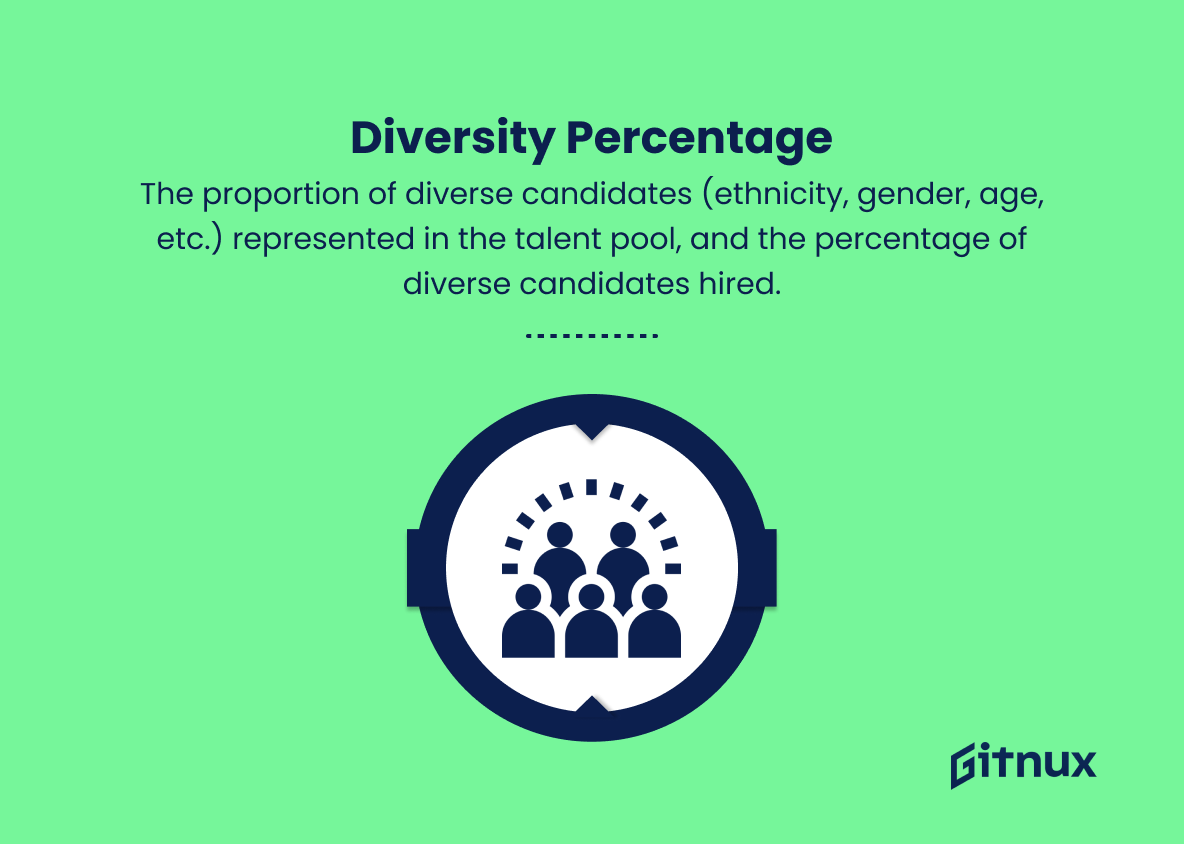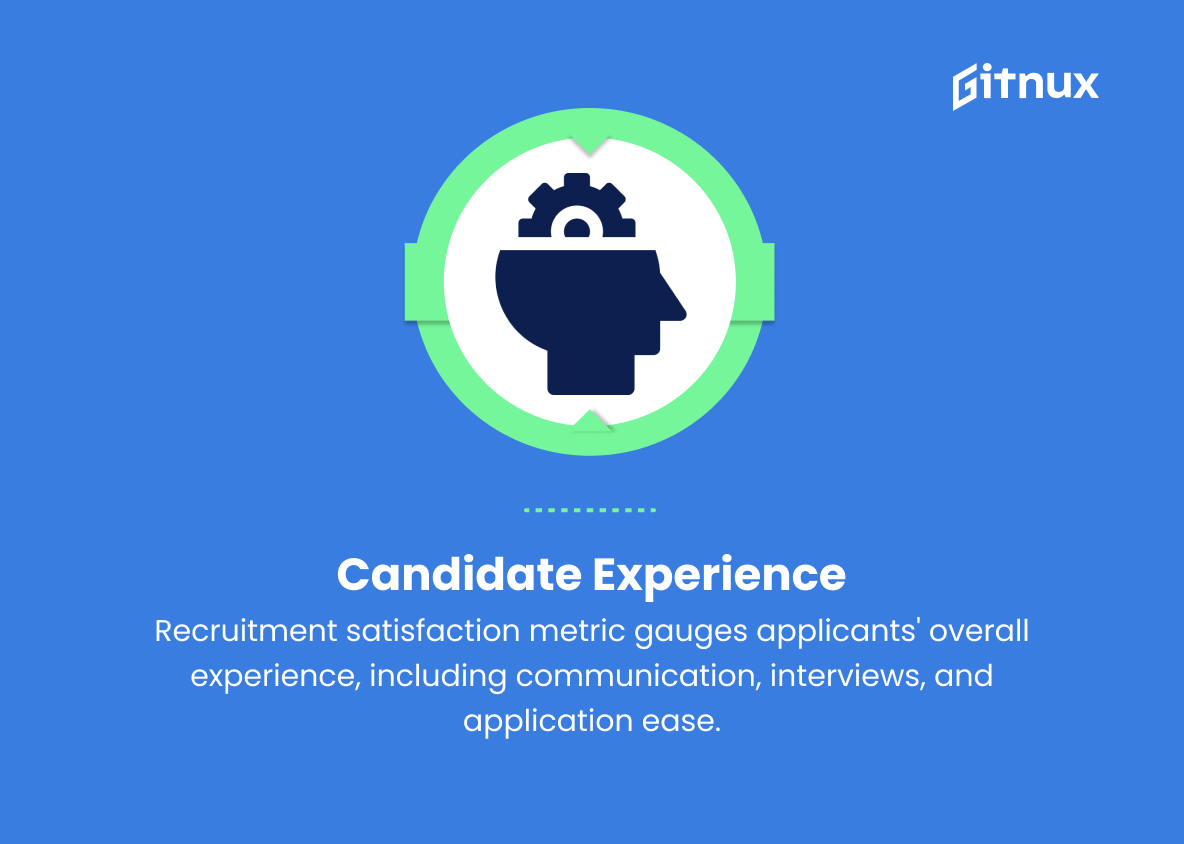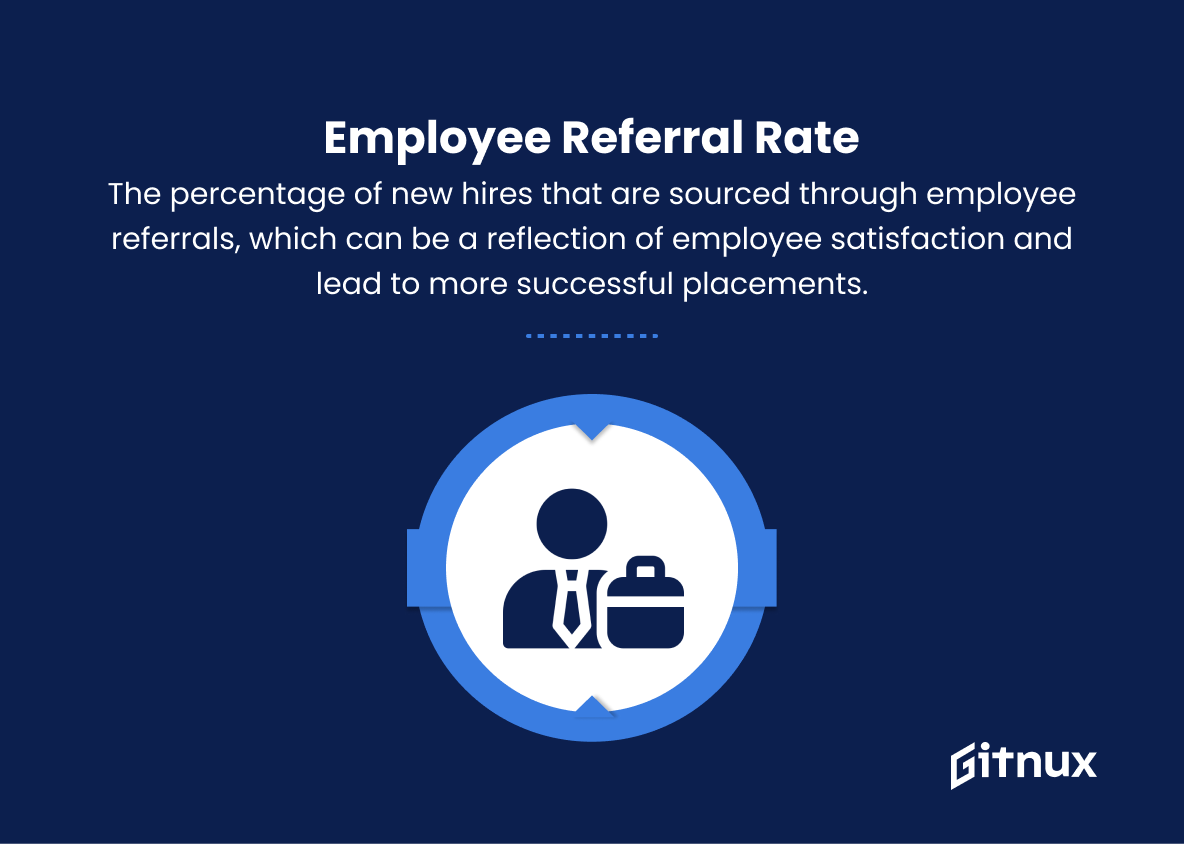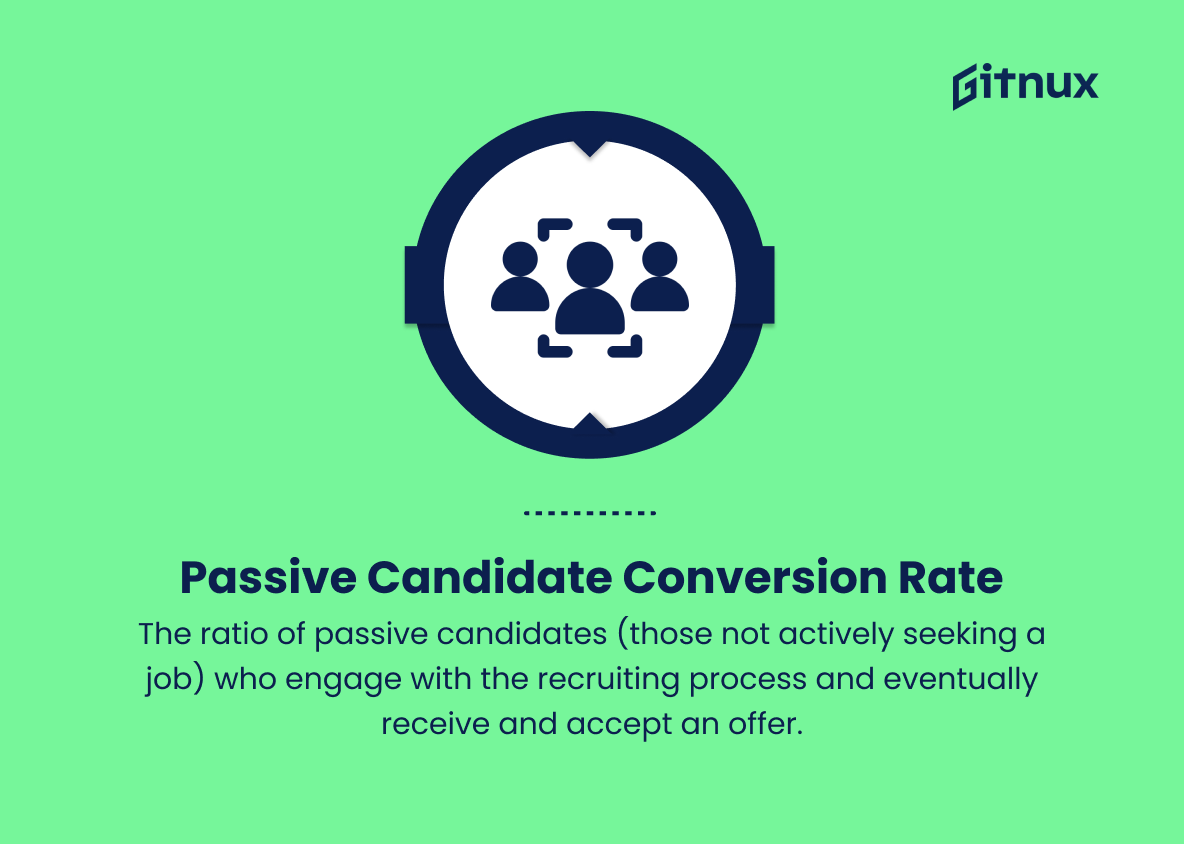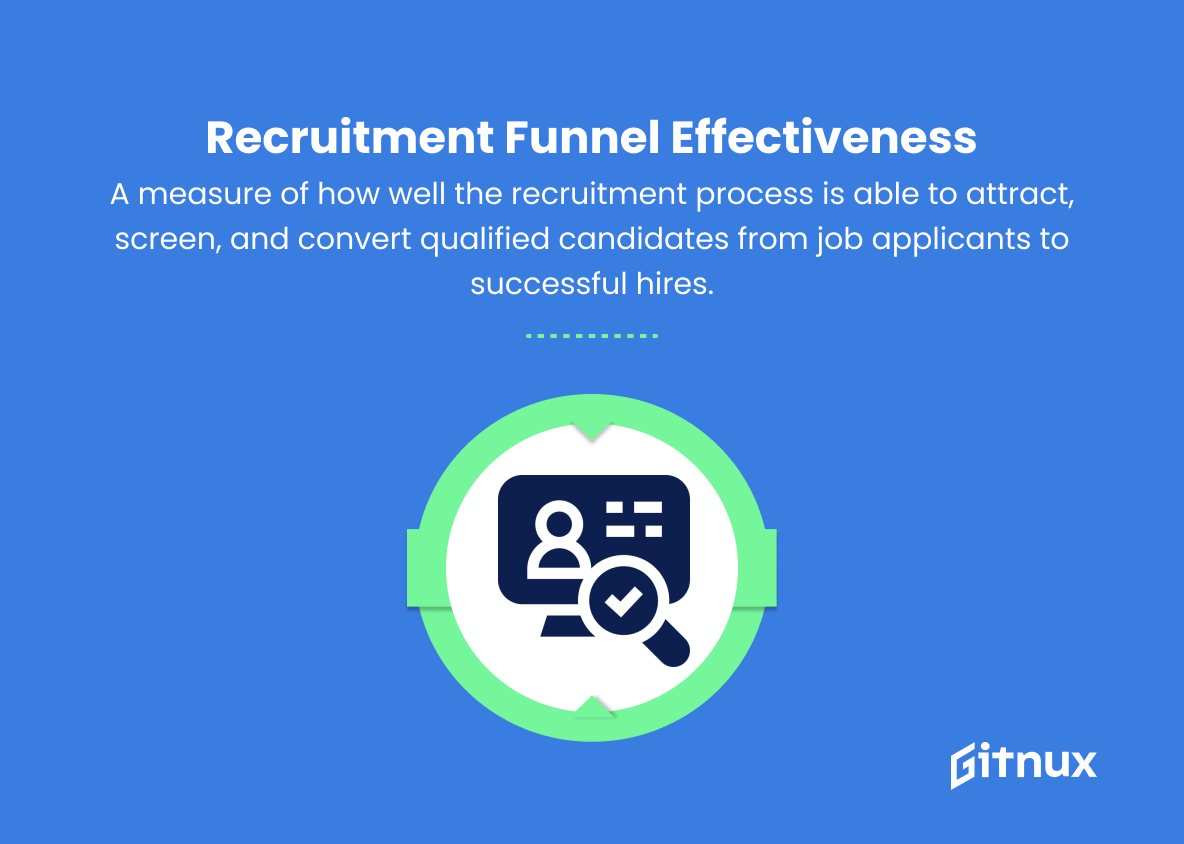In today’s fiercely competitive business landscape, acquiring and retaining top talent has become a vital component for the success of any organization. To effectively strategize and manage talent acquisition, organizations must be able to measure and analyze the success of their recruitment efforts. This is where Talent Acquisition Metrics come into play.
In this insightful blog post, we will delve into the world of Talent Acquisition Metrics, examining how these key performance indicators (KPIs) can help organizations streamline their recruitment processes, identify areas of improvement, and ultimately, secure the exceptional professionals needed to drive their continued growth and prosperity. Join us as we explore various metrics, their significance, and best practices for utilizing them in your organization’s recruitment and talent management efforts.
Talent Aquisition Metrics You Should Know
1. Time-to-fill
The average time it takes to fill an open position from the job posting date to the hiring date, considering all steps in the recruitment process. A shorter time-to-fill generally indicates a more efficient recruitment process.
2. Time-to-hire
The amount of time between a candidate’s first point of contact with the hiring organization and an accepted job offer. This metric helps evaluate the overall efficiency of the hiring process.
3. Cost-per-hire
The total cost of hiring a new employee, including advertising, recruitment fees, interviewing costs, and onboarding expenses. This helps organizations assess their recruitment budget efficiency.
4. Source of hire
Identifies the sources (job boards, social media, referral, etc.) that generate the highest number of quality candidates, allowing recruiters to allocate resources effectively.
5. Offer acceptance rate
The percentage of job offers accepted by candidates, which provides insight into the competitiveness of the compensation packages and the effectiveness of the recruitment process.
6. Quality of hire
A subjective measurement of the value a new employee brings to the organization, considering factors like performance, cultural fit, and employee retention.
7. New hire turnover rate
The percentage of new employees who leave the organization within a specified time frame (e.g., one year), indicating the effectiveness of the talent acquisition process in selecting candidates who are a good fit for the organization.
8. Diversity percentage
The proportion of diverse candidates (ethnicity, gender, age, etc.) represented in the talent pool, and the percentage of diverse candidates hired. This helps organizations track and improve their diversity and inclusion efforts.
9. Candidate experience
A metric that assesses the overall perception and satisfaction of applicants during the recruitment process, capturing factors like communication quality, interview process, and application ease.
10. Employee referral rate
The percentage of new hires that are sourced through employee referrals, which can be a reflection of employee satisfaction and lead to more successful placements.
11. Passive candidate conversion rate
The ratio of passive candidates (those not actively seeking a job) who engage with the recruiting process and eventually receive and accept an offer. This metric highlights an organization’s ability to attract and engage top talent.
12. Recruitment funnel effectiveness
A measure of how well the recruitment process is able to attract, screen, and convert qualified candidates from job applicants to successful hires. This helps identify bottlenecks and allocate resources to improve the hiring process.
Talent Aquisition Metrics Explained
Talent acquisition metrics are crucial for evaluating and improving the effectiveness of an organization’s recruitment process. Time-to-fill and time-to-hire measure the efficiency of the hiring process, helping organizations identify areas for improvement. Cost-per-hire helps assess budget efficiency, while source of hire reveals the channels generating the most quality candidates. Offer acceptance rate provides insights into the competitiveness of compensation packages, while quality of hire and new hire turnover rate evaluate the success in finding the right candidate fits.
Diversity percentage plays a significant role in monitoring and enhancing diversity and inclusion efforts. Candidate experience gauges applicant satisfaction during the recruitment process, while employee referral rate reflects employee satisfaction and the quality of hires. Passive candidate conversion rate highlights an organization’s ability to attract top talent, and recruitment funnel effectiveness measures the overall efficiency of the recruitment process in converting applicants to successful hires. These metrics together help organizations identify bottlenecks, allocate resources effectively, and ultimately build a stronger workforce.
Conclusion
In summary, talent acquisition metrics are crucial for organizations to optimize their hiring processes, ensure the quality of candidates, and ultimately build a thriving workforce. By monitoring key performance indicators such as time-to-fill, cost-per-hire, quality-of-hire, and offer acceptance rate, companies can make data-driven decisions that effectively address recruitment challenges. By recognizing the value of these metrics, organizations can continuously refine their talent acquisition strategies to stay competitive in today’s ever-evolving business landscape.
